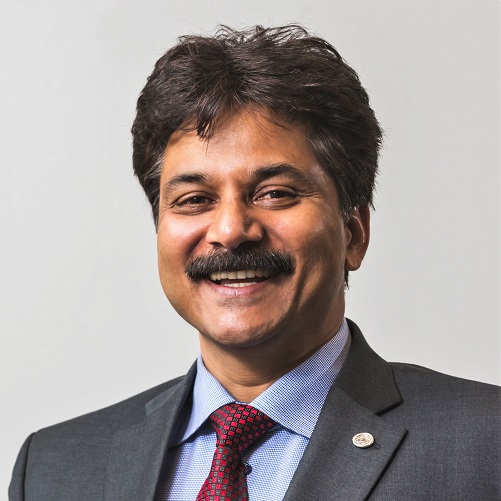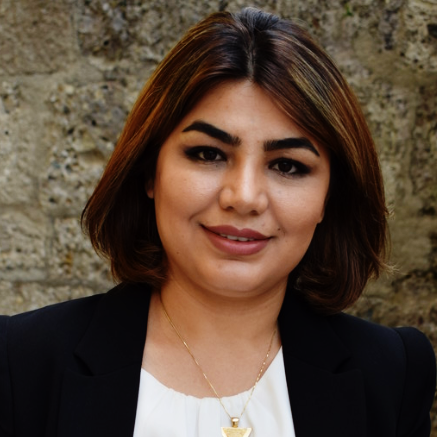Tissue engineering is an alternative method to treat damaged tissues and organs that lack the capability of self-regeneration. It relies on the creation of biological constructs with nanoscale details that can mimic and improve the functions of the respective human counterparts. Many types of biocompatible cell scaffolding materials have been tested for both in-vitro and in-vivo bone tissue regeneration comprising (bio) ceramics, biodegradable polymers, and their composites.
An ideal scaffold for bone tissue engineering (BTE), however, needs to meet a series of requirements regarding structural and biological properties. This includes, for example, the availability of an appropriate open-porous cellular morphology. While comparatively “big” micron-size pores (100-500 µm) are required for cell ingrowth, spreading, and proliferation, the nanoporous struts impart mechanical stability and ensure nutrition and signaling of cells as well as the removal of metabolic by-products. The hierarchical porosity is also necessary for in-vivo neovascularization (e.g., blood vessel formation) in the scaffold. The large internal surface contributed by primarily micro and mesoporous struts favors protein adsorption, ion exchange, and formation of the hydroxyapatite-rich cement line in the early stadium of osteoconduction. A high extent of porosity in the scaffold can also provide a controlled release of specific bioactive factors in order to increase or guide the regeneration process.
Besides material selection and morphological design, technological aspects related to the shaping of the scaffold into the desired geometry fitting into the bone defect and featuring a particular nanotopology require considerable attention, too.
In AG - Maleki, the major attempt is to address the above mentioned challenges of designing ideal BTE scaffolding materials though fabrication of novel series of 3D printed structures based on silk fibroin (SF) aerogel composites with dual therapeutic and bone defect repair functionalities. Further details can be found here under ''Project 2''.
Contact Person
-

Prof. Dr. Sanjay Mathur 430 322b
- Phone
- +49 221 470-4107
-
sanjay.mathur
uni-koeln.de
-

PD Dr. Hajar Homa Maleki 213 322b
- Phone
- +49 221-470-1981
-
h.maleki
uni-koeln.de
